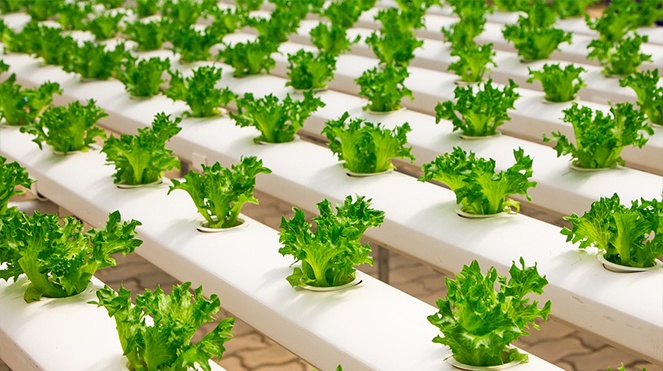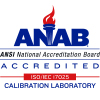
Long gone are the days of having to rely solely on Mother Nature for a plentiful harvest. You can even ditch the dirt and grow hydroponically using a nutrient solution and soil-less medium of your choice such as rockwool, perlite, coco coir, etc. It’s a method that has been around for thousands of years, proven to increase yield and the growth rate by up to 50 percent!
The idea is to deliver a perfect balance of pH and nutrient solution to the roots, so it takes the plant little effort to take in its food. This is an easy task compared to soil, where the roots must search out the nutrients.
Here’s are the top 5 hydroponic growing methods, starting with the systems recommended for beginners:
- Wick System
This is the simplest system, because there are no moving parts. Instead, wicks are run from the nutrient solution reservoir to the bottom of the grow trays where the roots are located. Since the supply is constant, the bigger the plants, the faster the nutrients will be absorbed. - Water Culture
Plants are suspended above the nutrient solution reservoir, usually by Styrofoam, so that the roots remain submerged 24/7. However, this inexpensive system requires an air pump to provide air and oxygen to the roots in order to prevent them from suffocating. - Drip System
This is the most widely used hydroponic system in the world. A timer controls a pump that delivers the nutrient solution at a constant rate, from the reservoir to the top of the growing medium where its absorbed by both the roots and the medium. The excess solution then trickles back down to the reservoir for reuse. - Ebb and Flow
Also known as the flood and drain system, when the timer turns on the pump floods the grow tray with the nutrient solution from the reservoir. When the timer shuts off, the nutrient solution drains back into the reservoir. This is done periodically, rather than continuously. - Nutrient Film Technique
This system provides a constant flow of nutrient solution to plants through a shallow stream of water. Much like the workings of a conveyor belt the solution is pumped downwards into the growing tray, flowing over the roots. The solution then drains back into the reservoir and the cycle continues.
To assist indoor growers with environmental monitoring, MadgeTech created the Element series of wireless data loggers. The Element CO2 offers growers an easy way to ensure the proper temperature, humidity and CO₂ levels are maintained around-the-clock. For monitoring pH of water and nutrients, MadgeTech designed the pHTemp2000 empowering growers with the precise knowledge needed to optimize growth.
To read up more on the advantages and disadvantage of hydroponics, click here.






